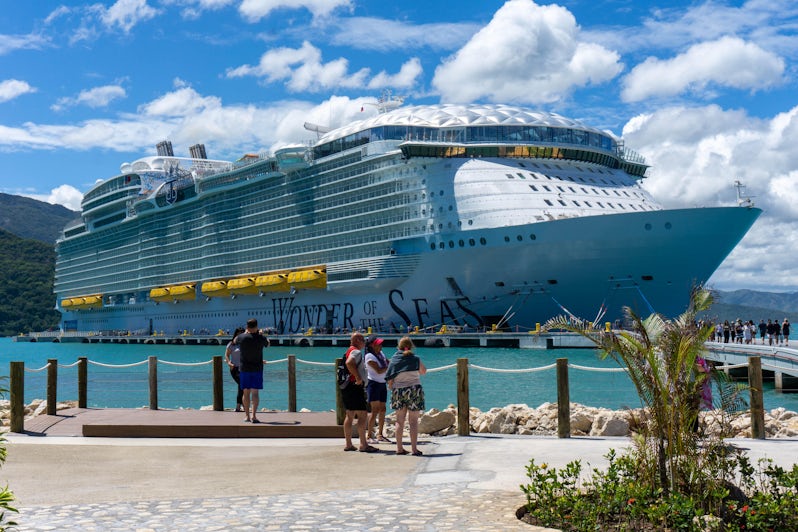
Top 15 Cruise Myths Debunked



We've all heard the old, tired cruise myths, like the outdated yet persistent stereotype that cruises are for the "newlywed and nearly dead." Perhaps that was true of voyages of yore, but with modern cruise ships ushering in a steady and cutting-edge stream of at-sea innovations geared toward all age groups, especially younger ones, that cruise myth is certainly outdated considering today's diverse cruising landscape (or is that seascape?).
The key to maintaining an accurate perspective about modern-day cruising is recognizing that not all cruise vacations are created equal, and much of your experience will depend on a variety of factors like the cruise line, ship size, cabin type and itinerary you choose, not to mention whether the voyage is an ocean, river or even expedition cruise variety.
We dispel 15 of the most common cruise myths, which keep many would-be cruisers from setting foot on the gangway and having a wonderful vacation at sea.
On This Page
- Myth 1: Cruises are only for old, stuffy travelers
- Myth 2: Cruises are crowded
- Myth 3: I'll feel claustrophobic onboard
- Myth 4: I can’t afford a cruise
- Myth 5: Cruise ships are disaster-prone.
- Myth 6: Everybody will be drunk.
- Myth 7: I'll be bored.
- Myth 8: I'll be too busy.
- Myth 9: A cruise isn't an immersive cultural experience.
- Myth 10: There will be too many kids.
- Myth 11: I'll gain weight.
- Myth 12: I'll get seasick.
- Myth 13: I have to get dressed up.
- Myth 14: I have to eat dinner at set times and/or with people I don't know.
- Myth 15: I can't cruise alone.
Myth 1: Cruises are only for old, stuffy travelers
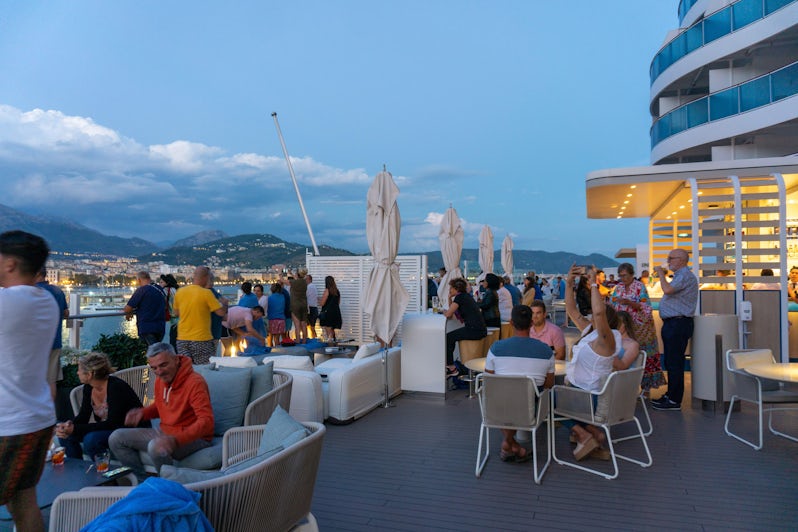
It's true that retirees often have the time and budget required to travel aboard longer sailings, but while some cruise lines admittedly move at a slower pace and cater to people of a certain age, there's so much more to life on the high seas than bingo, afternoon tea and shuffleboard. (Although, those classic activities are still available for a good ol’ sense of nostalgia.) In fact, some lines offer special programming for the 18-to20-year-old set, and there are more people in their 20s, 30s and 40s cruising now than ever before.
According to data from the Cruise Lines International Association (CLIA), millennials make up the greatest percentage of cruise passengers who plan to cruise again, with Gen-X and Gen-Z following closely behind. As such, cruise lines are catering to both younger and more adventurous crowds with offerings that include trendy, celebrity chef-inspired restaurants; phenomenal children's and teen's programming for couples with kids; swanky adults-only areas; innovative spa treatments; and enough adult comedy to make your grandparents blush. In port, active shore excursions may include flyboarding in the Caribbean and glacier trekking in Alaska. (For more on what, exactly, you can do on your cruise, see myth 7 below.)
Myth 2: Cruises are crowded
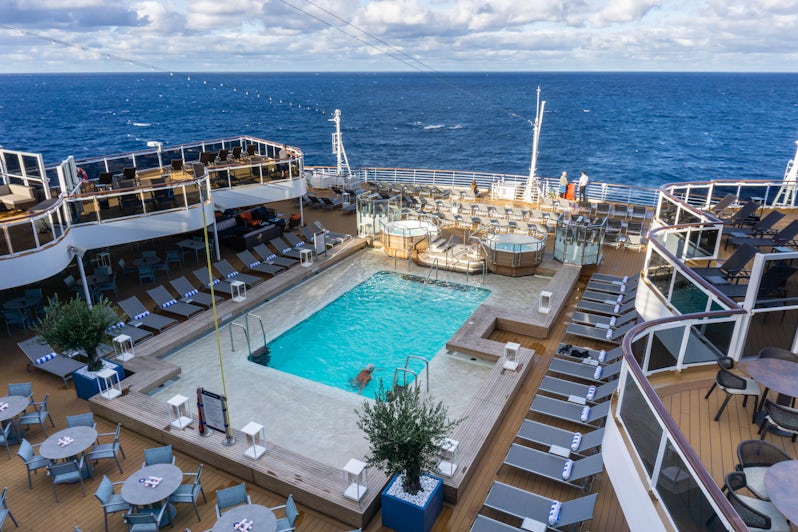
Granted, this can be an issue on older ships with less thought-out layouts, particularly in areas -- like buffets and theaters -- where passengers are likely to congregate. However, today's modern ships have done a much better job of designing more dynamic areas in terms of traffic flow. Sure, there will be occasional bottlenecks, such as the queue to get on tender boats or the elevator bank by the theater after a show, but you certainly won't feel surrounded by crowds of people all the time.
You might also be tempted to think that larger cruise ships (behemoths like those in Royal Caribbean's Oasis-class like Wonder of the Seas, for example, which each carry more than 5,000 passengers) are congested with so many people onboard. It's simply not true. As ships grow to carry more cruisers, they also grow to include more deck space, bars, restaurants and entertainment venues to accommodate the larger number of passengers. And not all venues are cavernous either, with many still feeling intimate and cozy.
And of course, there is a whole world of small ship sailing alternatives, too. Riverboats, yachts, expedition vessels and tall-sailing ships often carry fewer than 200 passengers apiece.
But in order to be sure exactly how voluminous your targeted cruise ship will be, there’s a figure known as a vessel’s Passenger Space Ratio (PSR), which divides its gross tonnage by guest capacity. The resulting number -- the larger the better -- indicates just how much accessible ship volume is available per person.
Note: Smaller luxury ships often offer more space for each passenger than larger mainstream vessels. A typical mainstream ship might offer a passenger space ratio of 30 or 40, while luxury ships tend to be up in the more spacious 67-70 range.
Myth 3: I'll feel claustrophobic onboard
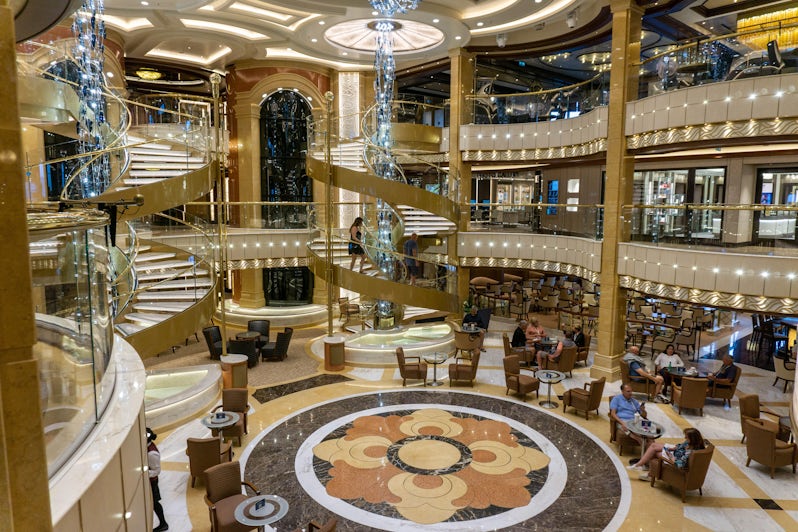
If you're worried you'll feel claustrophobic on a ship in the middle of the ocean, there's no need to fret. It's true that you'll be confined to the ship while it sails from port to port, but it's usually at night while you're busying yourself with things like eating dinner, attending shows and sleeping. If you choose an itinerary with few to no sea days, you'll be in a brand-new place when you wake up in the morning, which will limit the feeling of being stuck inside.
Rest assured that, should you need to leave the ship in an emergency, the crew is able to make necessary arrangements. Plus, with so many creature comforts onboard, you might find yourself completely forgetting you're even on a ship in the first place, and with plenty of open deck space, it's easy to avoid that closed-in feeling. Al fresco venues are prioritized on the newest ships especially, so consider the latest if claustrophobia is a concern.
Myth 4: I can’t afford a cruise
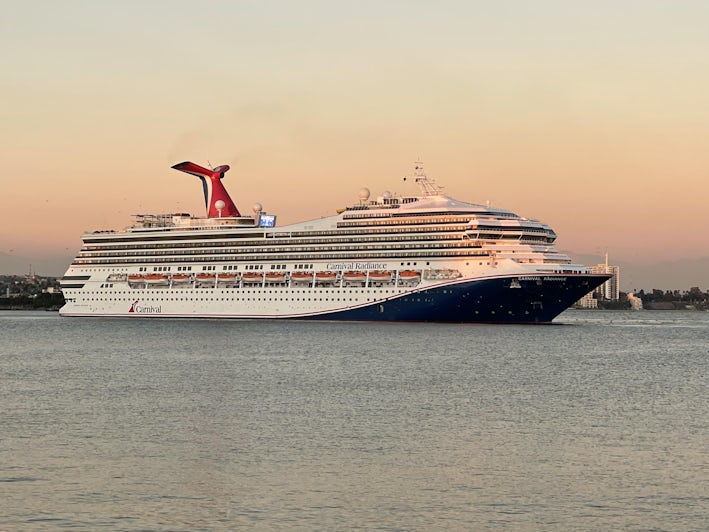
Much like the false impression that cruising is only for older people, a residual stereotype from the days of ocean liners is that cruise travel is super expensive. Nowadays, this couldn’t be further from the truth. Cruising is an exceptional value, and rates can be found such that it’s honestly cheaper to take a cruise than even stay home, which is likely why there’s been a growing trend towards global citizens retiring at sea.
Regardless of your budget, there is likely a cruise to accommodate. In each of their categories, standard mainstream, premium, upscale and even luxury, cruises generally present greater bang for the buck than their shoreside equivalents.
Why? Consider the fact that chosen accommodations, the vast majority of activities, nearly all dining and most if not all entertainment are bundled in the base fare. Save for all-inclusive resorts, this is seldom the case on land.
Speaking of ocean liners, one concept from olden days has re-emerged on cruises somewhat -- that of classes. To be sure, gone are the days of steerage and any subpar passenger conditions. Every cruise passenger travels in comfort but to various degrees and with or without added perks.
So-called ship-within-a-ship complexes like MSC's Yacht Club or Norwegian Cruise Line's Haven Suites afford passengers staying in certain cabin categories, usually the most expensive suites, keyed access to other venues not accessible to the rest of the vessel. Think exclusive lounges, bars, restaurants and outdoor pool and deck areas.
Myth 5: Cruise ships are disaster-prone.
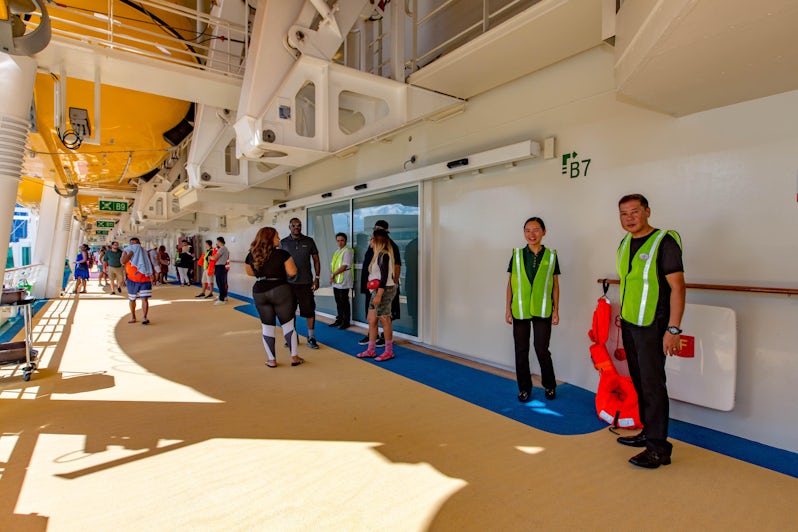
Fires. Power outages. Rogue waves. Passengers "falling" overboard. You've heard about it all on the news, but before you work yourself into a panic, know this: Overall, cruises are a perfectly safe form of travel, statistically safer than even flying, which is already well-known to be super secure.
The U.S. Coast Guard inspects all ships sailing from U.S. ports at least twice per year to make sure machinery and emergency procedures are up to snuff. Additionally, each ship sails with its own dedicated team of mechanics and engineers, who are specially trained to deal with any malfunctions that might arise.
Crew members undergo rigorous training via safety drills to prepare them for emergency situations. All mainstream ships have onboard teams of doctors and/or nurses to deal with medical issues. Plus, modern vessels require full redundancies, including two engine rooms (in case the main one fails), and ships also employ robust fire protection measures, with features like sprinkler systems, smoke alarms and fire screen doors -- and a trained firefighting team, too.
The newest ships even come equipped with redundant (backup) navigation bridges in case the primary one is ever incapacitated -- itself a very remote possibility. While most ships don't advertise this fact, one -- Ponant's polar icebreaker Le Commandant Charcot -- features its secondary, aft-facing navigation bridge prominently in its brochures.
As for "falling" overboard, it's just not possible unless you're somewhere you shouldn't be, or you're doing something you shouldn't, like standing on a balcony railing. All balconies and outer decks have high railings or partitions to keep anyone from toppling over the side.
Myth 6: Everybody will be drunk.

This isn't the case on most cruise ships -- even the ones known for having more of a "party" vibe. Will some passengers drink to excess? Of course. That's a given in any place where bars and buckets of beer abound. However, bartenders generally refuse service to anyone who appears intoxicated, much the same as on land.
If you're concerned about avoiding an atmosphere that encourages lots of imbibing, try to avoid short, weekend cruises or warm-weather sailings during spring break that tend to attract more of a party-hearty, booze-cruise-minded crowd.
Myth 7: I'll be bored.

Perhaps you're under the impression that there won't be enough for you to do onboard while the ship is sailing. But cruise ships schedule an impressive array of onboard entertainment and activities. On any number of ships, you can shop, surf, skydive, rock climb, zipline, ice skate, play laser tag, splash in pools and water (and elaborate dry) slides and enjoy deck parties. You can also enjoy virtual-reality simulations, learn to cook, go bowling, play video games, learn a new language, do a wine tasting, play trivia and attend enrichment lectures.
And that's just by day. At night, you can attend Broadway-caliber productions, watch acrobats and magicians, enjoy indoor and outdoor movies (first-run and even IMAX varieties on some ships), dance the night away in the nightclub, gamble in the casino, buy drinks from a robotic bartender and sing karaoke -- the list goes on and on.
In short, think of Las Vegas at sea. Chances are if it’s an activity you’ve seen elsewhere or can imagine, it’s already available onboard a cruise ship or soon will be.
Don't assume that more upscale ships are boring, either: Cunard Line's Queen Mary 2 -- the only modern ocean liner at sea -- offers so many different lectures, performances and live music venues on its weeklong transatlantic crossings between New York and Southampton that most people will need a second week just to scratch the surface of what's possible.
Myth 8: I'll be too busy.
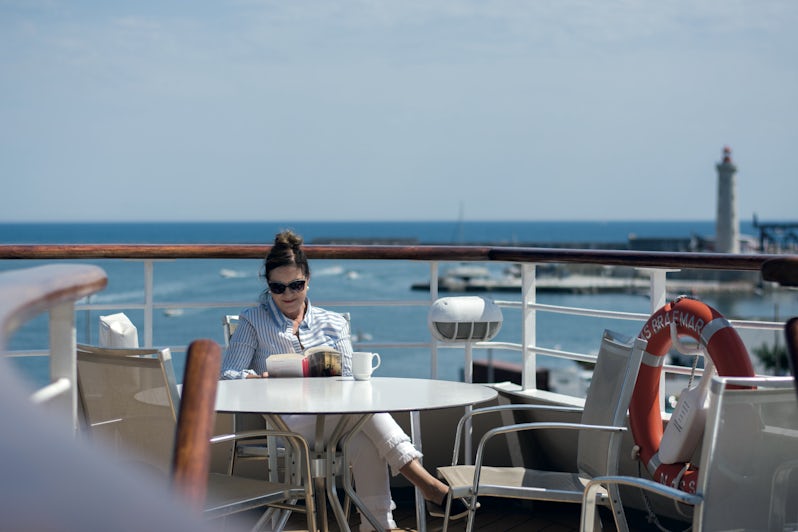
Inversely, you might fear being too busy, but a cruise is exactly what you make it. Any ship will have a daily list of planned activities, but whether or not you attend them -- and the pace at which you participate if you do join in -- is completely up to you.
If your goal is to escape and avoid the often frenetic bustle of onboard life, you'll find plenty of quiet lounges, libraries and other hidden nooks and crannies where you can escape for a quiet cup of coffee while you watch the sun rise, curl up with a book or play a board game with a travel companion. A perennial favorite is the panoramic observation lounge at the forward top of many ships to leisurely take in the passing scenery. All mainstream vessels also have onboard spas and salons; head there for a bit of for-fee pampering, like massages, facials and manicures, as well as enjoy expansive thermal suites.
At the very least, you can always hide out in your cabin; book a room with a balcony or a suite if you plan to spend days relaxing in seclusion.
Myth 9: A cruise isn't an immersive cultural experience.

We beg to differ. You might not have more than a few hours to explore each port on your itinerary, but there are still plenty of ways to have authentic, off-the-beaten path experiences in the places you visit without following the crowds on bus tours or to tacky souvenir shops.
For example, several lines offer shore excursions that allow you to tag along with the ships' chefs to local markets to shop for local ingredients and even cook with them back onboard. Others allow passengers to book home visits, where local families host cruisers in their own houses, usually for a meal or drink. Plus, some lines offer altruistic-minded excursions that allow passengers to help out with local causes that make a difference.
If what you'd really like is more time in each destination to take in the local culture or nightlife, look for itineraries that offer longer or overnight port calls. Or, consider different port-intensive types of cruising (like river cruising, for example).
Besides, if you’ve never been to a particular region of the world before, cruising offers a wonderful overview of several ports therein. And if you ever plan to return, you can pick your favorite destination to spend more time at during a repeat visit.
Myth 10: There will be too many kids.
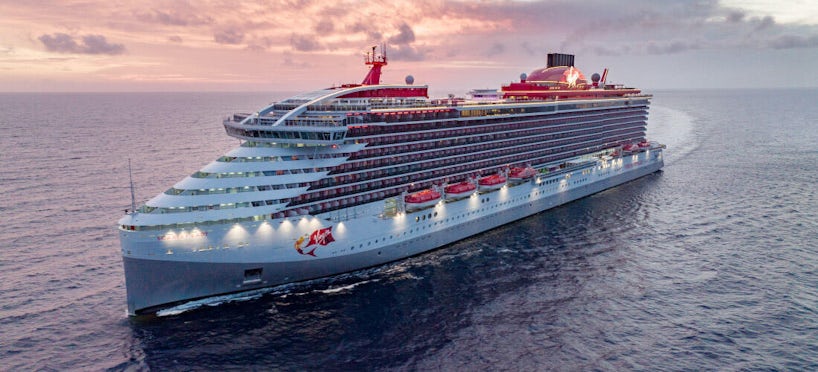
There are plenty of ways to avoid children at sea if that's your goal. First, kids are more likely to be found on shorter, less expensive and less exotic sailings, particularly during the summer months and holidays, when school is not in session. Kids are more likely to be found on family-friendly lines like Carnival, Royal Caribbean, MSC, Norwegian and Disney, all of which have amazing kids' clubs to keep the little ones entertained.
However, that doesn't mean you should rule those lines out if you're not travelling with kids. Because they offer such stellar programming for the wee ones, you're less likely to see kids running around unsupervised and lacking diversion during the sailing. Plus, adults-only restaurants, pools and sun decks onboard allow grownups to escape from their younger shipmates.
If you'd rather not encounter any children at all, there are ships (like P&O Cruises's Arcadia and Aurora) and cruise lines (Viking, Saga and Virgin Voyages among them) that flat-out ban them.
Myth 11: I'll gain weight.

This one is totally up to you. With a staggering array of food options available around the clock -- plenty for free -- it's certainly easy to overindulge. But if you stick to a dining schedule and portion sizes that are comparable to what you'd experience at home, you'll have no problem maintaining your weight (even if you do choose to have more than one entree and/or dessert in the dining room!). Look for made-to-order egg stations, salad bars and simple, sauce-free meat dishes for healthier options.
Additionally, if you use the stairs instead of the elevators onboard and take an active shore excursion or two while in port, you might even find yourself a few pounds lighter at the end of your sailing. Nearly every ship on the high seas boasts an onboard fitness center of some sort (some more expansive and high-tech than others); if you have a workout routine at home, you'll have no excuse for not maintaining it during your cruise.
Myth 12: I'll get seasick.

It's true that you might be prone to seasickness, but there are many ways to prevent it before your cruise even starts. Possible remedies include acupressure bracelets, prescription patches you stick on the skin behind your ear and a plethora of tablets, both prescription and over-the-counter. Some cruisers also swear by peppermint, green apples and anything containing ginger (ginger candy, ginger ale, etc.).
If you're using tablets, it's best to start taking them before you board the ship, but should you become seasick on a sailing, it's never too late to fight it off. If you find yourself in that situation, head to the middle of the ship and stare at the horizon (preferably from a spot outside, where there's fresh air) to help regain your equilibrium.
However, those prone to seasickness might want to think carefully about cruising in areas known to be rough, such as the Bay of Biscay, Antarctica's Drake Passage, and winter transatlantic crossings.
Myth 13: I have to get dressed up.
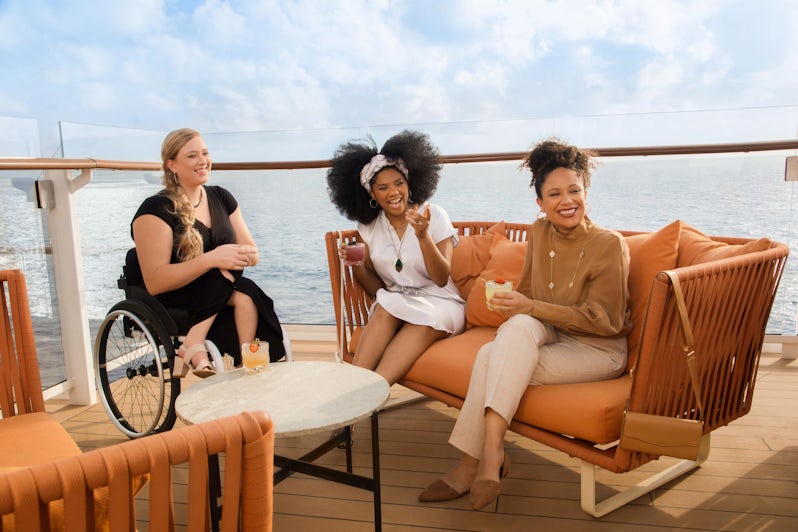
Sure, it can be fun to put on a tux or a ball gown and enjoy a fancy meal, but not everyone feels that way, and sometimes it's just not practical to stuff all that formalwear into your suitcase, especially when managing max luggage weights for flights. The good news is that most ships give you the option to forgo the formality of designated formal nights by avoiding the main dining room.
The most common alternatives are the buffet and room service, but many ships offer other casual-dress dining options where the dress code won't be as stringent. If you're looking for a cruise experience with comparatively lax dress codes -- meaning you can wear jeans in the main dining room on most, if not all, nights -- consider booking a sailing with a line with a relaxed approach to dress, such as Norwegian, Carnival, Disney or Royal Caribbean.
Alternatively, if you prefer the option to get dressed up to the nines and an environment where most follow along, traditional Cunard Line might just be your cup of tea, so to speak.
Myth 14: I have to eat dinner at set times and/or with people I don't know.

In the early days of cruising, you'd be assigned a specific dining time and table, and at a singular restaurant. If you weren't traveling with a group large enough to fill a table on its own, you'd be assigned to a communal table with other passengers -- thereby requiring you to eat and make small talk with complete strangers.
These days, dining is rarely this rigid of an affair; though some smaller lines, like expedition and riverboat companies, do still adhere to this traditional format due to their restricted dining space. Today's bigger ships, however, have considerably more robust and flexible options when dinnertime rolls around. To start, a wide range of specialty and casual dining venue alternatives can seat your party together, without need to share a table with other shipmates; however, you might need to make a reservation or pay a cover charge at some of these venues.
In the main dining room itself, flexible dining -- available on most ships under a variety of names -- is an increasingly popular option. Cruisers who choose this format can head to dinner any time within set hours to score a table by themselves (or with a group if they like). Lines such as Norwegian Cruise Line and many of the luxury lines, like Regent Seven Seas or Seabourn, exclusively offer flexible dining.
Set-seating dining times are still available on many lines for those who enjoy eating at a certain hour and having the same waiter every night. While the maitre d' will try to accommodate requests for travel parties to sit alone and not with strangers, a limited number of tables for two means that it's not always possible.
Meanwhile, many cruise line mobile apps now make it easier than ever before to place and track any and all dining reservations and orders.
Myth 15: I can't cruise alone.

Of course you can cruise alone! Although single supplements -- extra costs incurred by solo cruisers who stay alone in cabins made for two -- are a drawback, some lines waive or reduce these during promotional periods.
Also, several ships from lines like Norwegian, Royal Caribbean, Costa, Cunard, Holland America and Virgin Voyages have cabins for one, specially designed for people sailing by themselves. Some include access to dedicated solo lounges and activities geared toward those who are onboard without travel companions.
Although the concept might be intimidating to some, cruising alone can be empowering, and it's a great way to meet new people. Cruising is one of the most social forms of travel, so if you want to make friends, be sure to check the daily schedule on the first couple days of your sailing for any solo-focused gatherings, request set-seating dining with shared tables and participate in onboard activities (karaoke, trivia, game shows) that will allow you to put yourself out there or join a team.